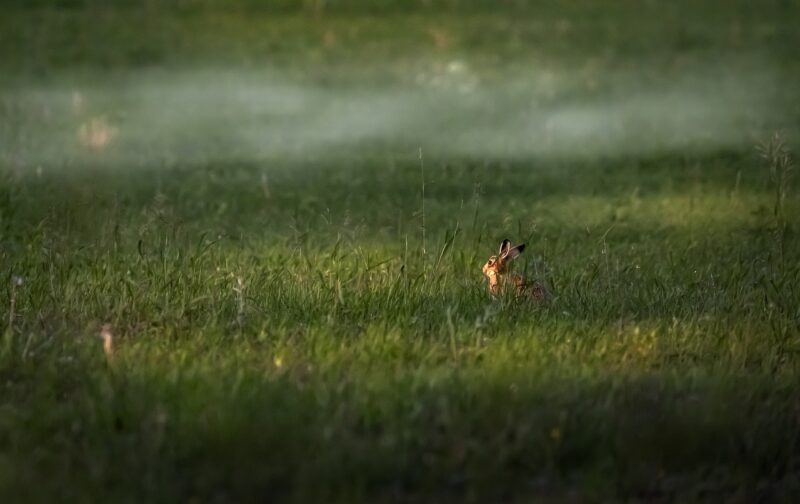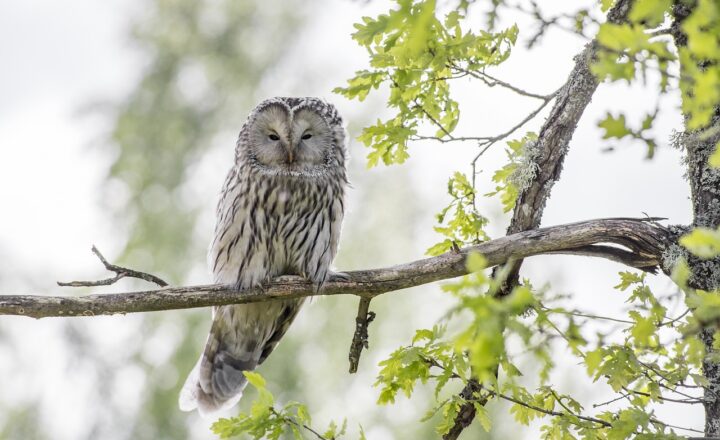The Secret Lives of Animals: Amazing Behaviors You Never Knew Existed
November 16, 2024

When we think of animals, we often picture them in the wild or as pets, living their simple lives based on instinct. Yet, the reality is far more fascinating! Animals are capable of a variety of remarkable behaviors that challenge our traditional understanding of their capabilities. From intricate communication systems to unique survival strategies, the animal kingdom is filled with astonishments that keep scientists and animal lovers alike captivated.
In this article, we will delve into some astonishing behaviors exhibited by various creatures around the globe, revealing their incredibly complex lives.
1. Animal Communication: A Language of Their Own
Did you know that animals communicate in ways that are both incredibly sophisticated and surprisingly similar to human expression? While we often think of language as a human construct, various species have developed their own systems of communication.
For example:
- Dolphins: Known for their whistling sounds, dolphins have a complex system of communication auditory signals, body movements, and even signature whistles that serve as their names. Research indicates that they can convey individual identities and emotional states, suggesting a rich social structure.
- Honey Bees: Bees perform a “waggle dance” to inform hive mates about the distance and direction of food sources. The angle of the dance indicates the direction relative to the sun, while the duration of movement reveals how far the food is located. This intricate form of communication shows the bees’ remarkable navigation skills.
- Elephants: Featuring strong social bonds, elephants communicate through infrasonic calls—sounds below human hearing range. Research suggests these calls can travel great distances, allowing elephants to convey messages across large terrains, including alerts about potential threats or resources.
Listening closely to nature can open our eyes to the rich tapestry of animal communication.
2. Tool Use: Intelligence in the Wild
The ability to use tools is often attributed to humans; however, many animal species utilize objects in their environment to improve their chances of survival or aid in daily activities. Let’s uncover a few remarkable examples:
- Crows: Beloved for their intelligence, crows have been observed using sticks to extract insects from tree bark and even crafting hooks to obtain hard-to-reach food. Their problem-solving skills highlight their cognitive prowess and adaptability in different environments.
- Octopuses: These incredible mollusks utilize coconut shells and discarded bottles as protection. Some have been seen carrying these objects as shields against predators, demonstrating advanced planning and defensive tactics.
- Chimpanzees: Like crows, chimpanzees exhibit tool use by crafting sticks to fish for termites or ants. They demonstrate an understanding of modifying tools to suit their needs, highlighting their impressive intelligence and dexterity.
By utilizing tools, these animals showcase their intelligence and capability for innovation in their everyday lives.
3. Complex Social Structures: The Importance of Community
Many animal species exhibit intricate social structures, often forming communities built on cooperation and mutual support. Let’s explore a few fascinating examples:
- Orcas: Also known as killer whales, they live in pods led by matriarchs that can be composed of several generations of related individuals. These social structures help facilitate hunting, parenting, and teaching survival skills to the young, showcasing a clear hierarchy and culture among the pod members.
- Meerkats: Known for their cooperative living, meerkats rely on their social structure for survival. They take turns standing guard while others forage, demonstrating an awareness of safety in numbers and community roles within their groups.
- Wolves: Wolves are highly social animals that thrive in packs. They have developed complex social hierarchies and nurturing behaviors, which play a crucial role in raising pups and successfully hunting for prey, emphasizing cooperation and teamwork in their survival strategy.
These social structures not only bolster individual survival but also highlight the importance of community in the animal kingdom.
4. Unique Hunting Techniques: Survival of the Fittest
The diverse methods animals use to hunt can be a display of creativity and adaptation to specific environments. Let’s take a look at some intriguing hunting strategies:
- Anglerfish: This deep-sea creature uses a bioluminescent lure to attract prey in the darkness of the ocean depths. The lure mimics the appearance of small prey, ensnaring unsuspecting fish, proving that even the least expected creatures have fascinating hunting strategies.
- African Wild Dogs: Renowned for their pack hunting tactics, African Wild Dogs coordinate their attacks, running down prey with incredible endurance. Their teamwork and strategies maximize their chances of securing delicious meals, showcasing shared hunting techniques and social collaboration.
- Bald Eagles: These majestic birds of prey utilize a hunting technique called ‘stooping,’ where they dive at high speeds to catch fish by surprise. They are known to spot prey from significant distances, demonstrating exceptional vision and precision during their hunts.
The hunting techniques employed by different species reveal the adaptability and ingenuity of animals in their quest for sustenance.
5. Altruism and Empathy: Acts of Kindness in the Wild
More than mere survival instincts, many animals exhibit behaviors that suggest a sense of empathy and altruism toward their peers. These actions challenge the notion that acts of kindness are exclusive to humans:
- Elephants: Elephants are known to display empathy, often comforting fellow members of their herd in distress. They have been observed gently touching and vocalizing to one another, illustrating deep emotional bonds and social care among individuals.
- Dolphins: There are numerous accounts of dolphins aiding injured or stranded companions, helping them surface for air or even protecting them from predators. This cooperative behavior is a testament to the strong social connections dolphins share, as well as their willingness to aid others in need.
- Apes: Researchers have observed chimpanzees displaying empathy by helping one another in tasks such as foraging. For instance, they may share food or help groom peers, emphasizing the importance of social bonds and cooperation in their species.
These acts of altruism unravel a layer of complexity in the animal kingdom, showing that kindness is a trait shared in nature.
Conclusion: Understanding Animal Behavior
The animal kingdom is a treasure trove filled with incredible and often surprising behaviors that resonate with our understanding of intelligence, community, and survival. As we continue to study their ways of living, we foster a deeper appreciation for the inner lives of animals—showing that they are capable of far more than we often realize. From their complex communication methods and social structures to their creativity in tool usage and hunting, animals remind us that their worlds are rich and full of wonders waiting to be discovered. Let’s celebrate these amazing creatures and strive to understand them better for generations to come.








